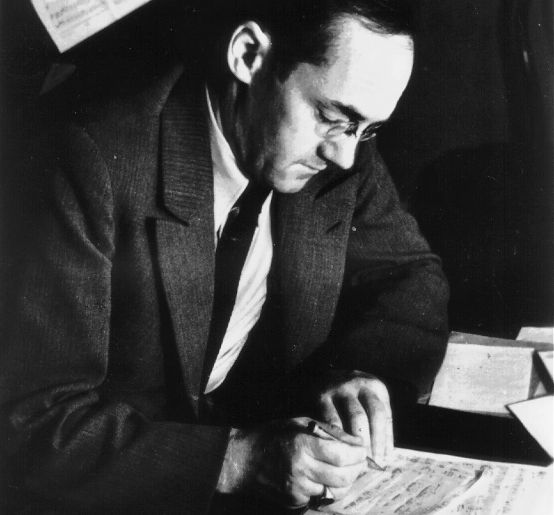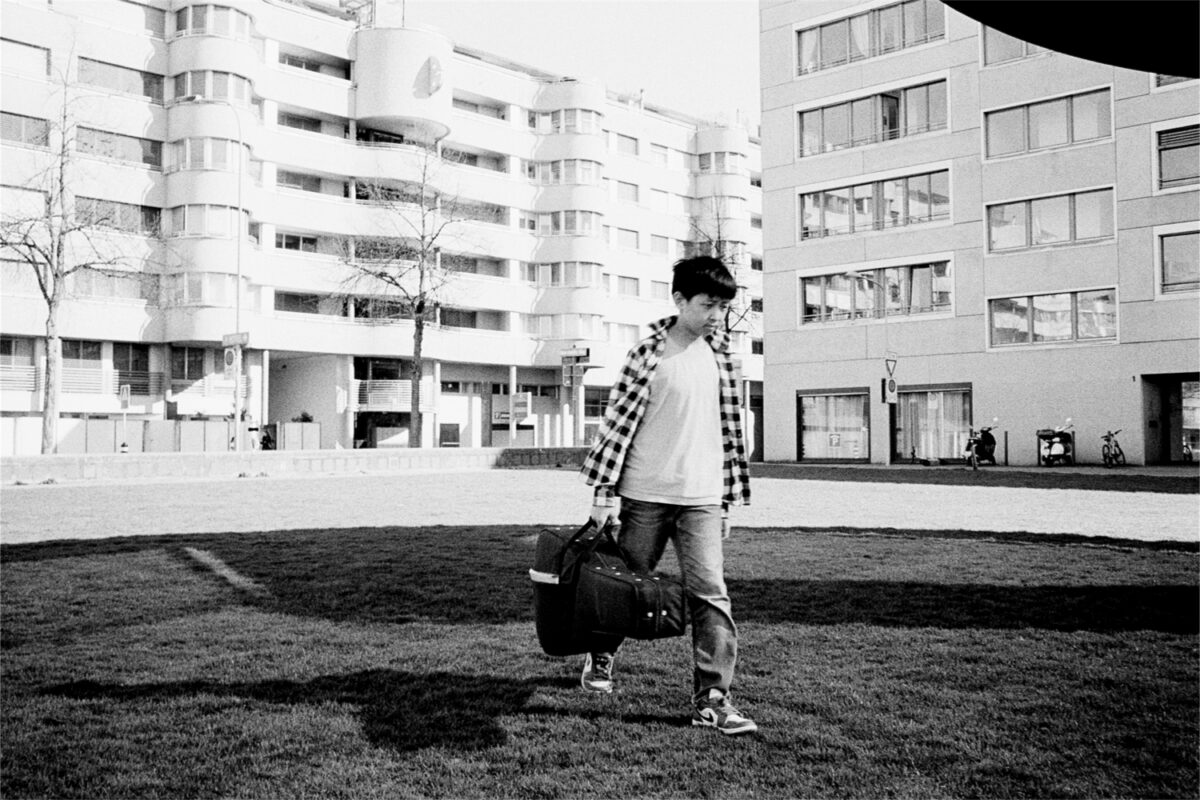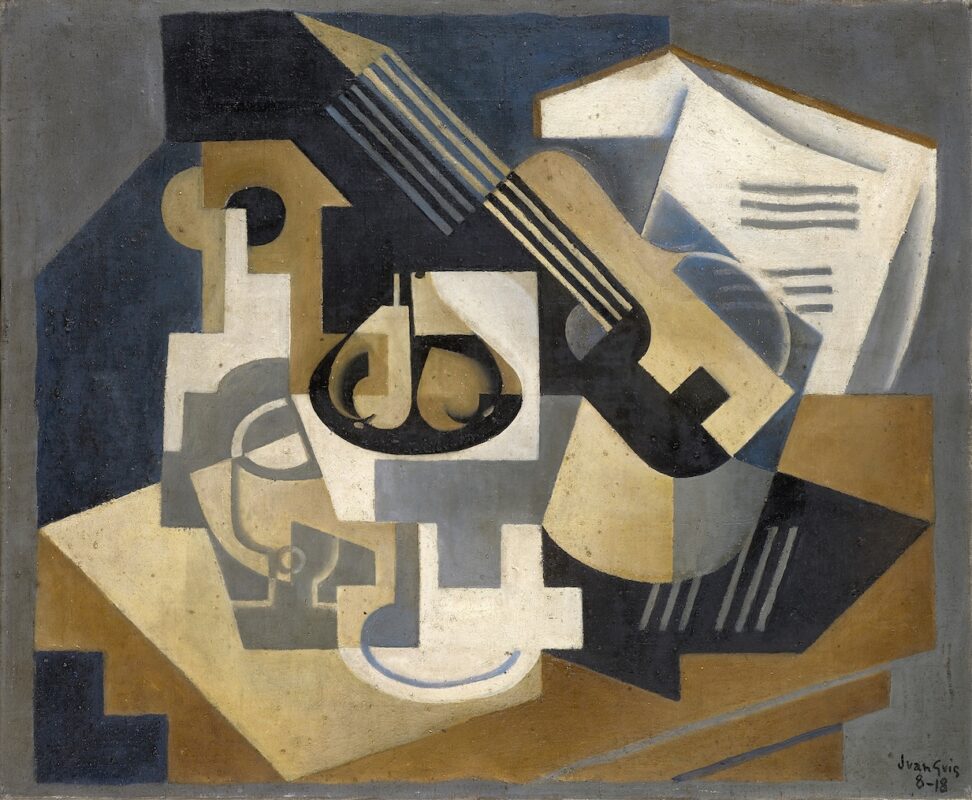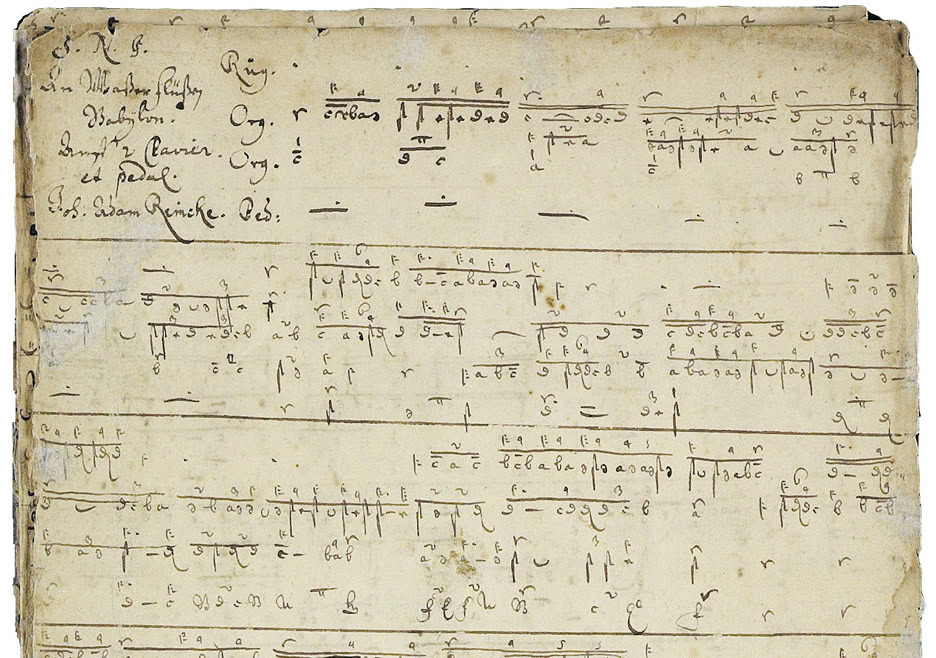Cheerful and enigmatic
"Le Chansonnier pour Mariette", bagatelles for piano and the chamber cantata "Miracles de l'enfance" by Albert Moeschinger: works from three different creative phases.

For the third time, the Albert Moeschinger Foundation and Edition Müller & Schade have released a recording of works by the Swiss composer. The recording of a concert at the Bern Conservatory contains compositions from three creative periods: the Nine bagatelles for piano from 1931 - Moeschinger was still working as a pianist at the time, songs from 1950/51, from the period when he began to explore the twelve-tone technique, and the Miracles de l'enfance from 1961, a sophisticated chamber music work by the sixty-four-year-old.
Moeschinger, born in Basel in 1897, studied piano and composition in Bern, Leipzig and Munich after completing a bank apprenticeship. After years of traveling as a salon musician, he was appointed piano and theory teacher at the Bern Conservatory. From 1948 onwards, he devoted himself entirely to his compositions in Saas-Fee, lived in Ascona from 1956 and spent the rest of his life in Thun.
A friend of the composer, Hans Oesch, professor of musicology at the University of Basel, recognized in Moeschinger's main works a "tendency towards the brooding and contemplative" and, in contrast, "humorous and bucolic and cheerful" elements.
Simon Bucher brings this interplay into the Nine bagatelles for piano MWV 395. In the Chansonnier pour Mariette MWV 153 recalls the composer's encounter with the singer Mariette Schüpfer at the Basel Carnival in Valais. The intense relationship is reflected in settings of poems by Dante, Goethe, Alfred Tennyson, Trakl, Gabriele D'Annunzio and Eugen Roth, which are a delightful experience in the lively interpretation of contralto Barbara Magdalena Erni.
The chamber cantata Miracles de l'enfance MWV 97 for voice, five woodwinds, harp, percussion and double bass after poems by French and Belgian war children, texts which Moeschinger published in a work entitled The magic of childhood The onomatopoeic passages are full of profound sadness. It is exemplified by Barbara Magdalena Erni and above all by the director of the entire project, Helene Ringgenberg.
Albert Moeschinger: Le Chansonnier pour Mariette, Nine Bagatelles, Miracles de l'enfance. Barbara Magdalena Erni, alto; Simon Bucher, piano; instrumental ensemble; conducted by Helene Ringgenberg. Müller & Schade M&S 5085.02









